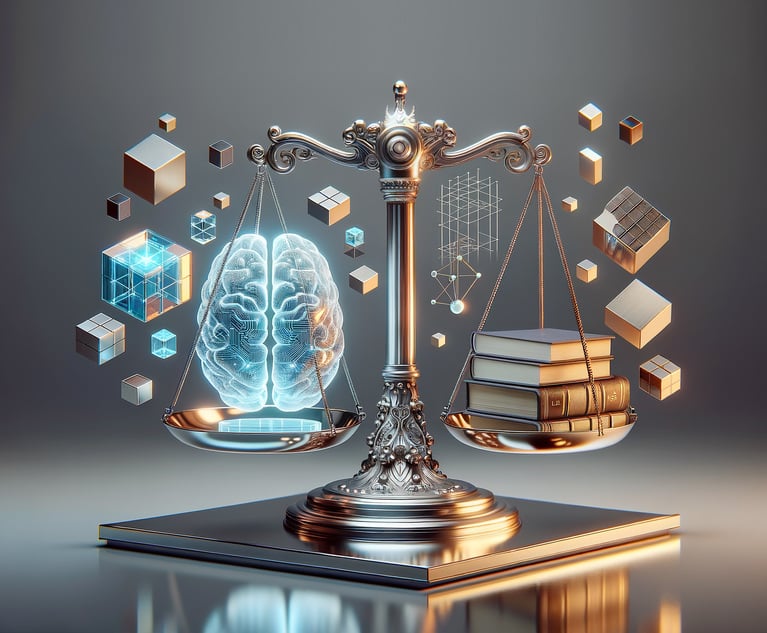This article discusses procedures that law firms may use to deal with artificial intelligence (AI) in their everyday practices. The use of AI has received national attention. On Feb. 23, Deputy Attorney General Lisa Monaco of the U.S. Department of Justice announced that a more vigorous enforcement of federal crimes aided by the use of AI-generated material. Recently Duquesne University Kline School of Law (my alma mater) gave a several-hour presentation: “AI and The Future of Democracy: Ethics, Law, and Policy.”
To many lawyers, AI is similar to a new COVID virus. They are aware of its existence, do not know exactly how it came about, and know it has some downsides in its application. However, unlike a virus, many legal writers contend AI will be greatly helpful in the long run. Used correctly, it can produce results like persons with good writing and research skills and greatly reduce research and drafting time. Used improperly AI has the capacity to cause reports similar to a real person with limited research and writing skills. We have read of many examples of the use of AI comments in briefs that are incorrect and citation of cases that do not exist.


 Peter Vaira of Weir Greenblatt Pierce. Courtesy photo
Peter Vaira of Weir Greenblatt Pierce. Courtesy photo




